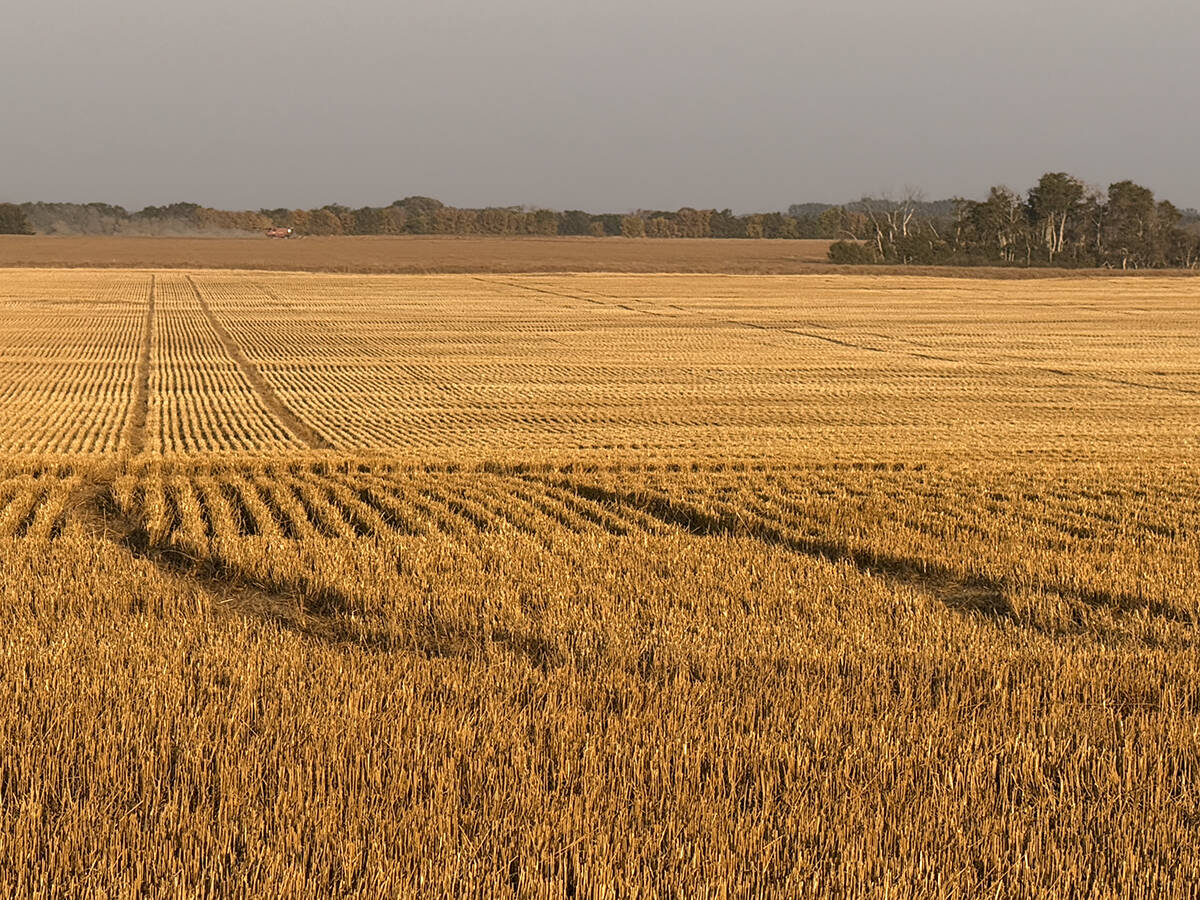SÃO PAULO, Brazil (Reuters) — Dry weather improved conditions on a rugged Amazon road that serves as the key link between soy fields and northern ports, ending an immense backlog of trucks carrying the beans, the Brazilian army said March 6.
Rains were heavier than normal for weeks, turning an unpaved section of the BR-163 highway into a swampy mess and leaving thousands of loaded trucks stranded in southern Para state.
Brazil is the world’s largest soybean exporter, and is in the final stages of a record harvest of more than 100 million tonnes.
Read Also

Final crop reports show strong yields, quality
Crops yielded above average across the Prairies this year, and quality is generally average to above-average.
Losses ran at $400,000 a day for grain traders trying to move the soy from Mato Grosso state about 765 kilometres north to river ports.
The federal government started emergency repairs to the 100 km stretch of unpaved road in early March, which helped ease the bottleneck.
“Traffic was freed this morning in both directions,” the army said March 6.
“As rains stopped, the mud dried and now the problem is the dust, which hinders visibility.”
However, there were forecasts for more heavy rains along the northern route, and authorities have said they will simply not allow trucks to try that road if conditions deteriorate again.
At least 11 ships faced delays in early March in loading soybeans in northern ports, which have seen large investments by commodity traders in recent years, in an attempt to bypass the badly overburdened ports in southern Brazil.
Agriculture Minister Blairo Maggi said 600,000 tonnes of soybeans were diverted to southern ports because of the issue with the northern route.














